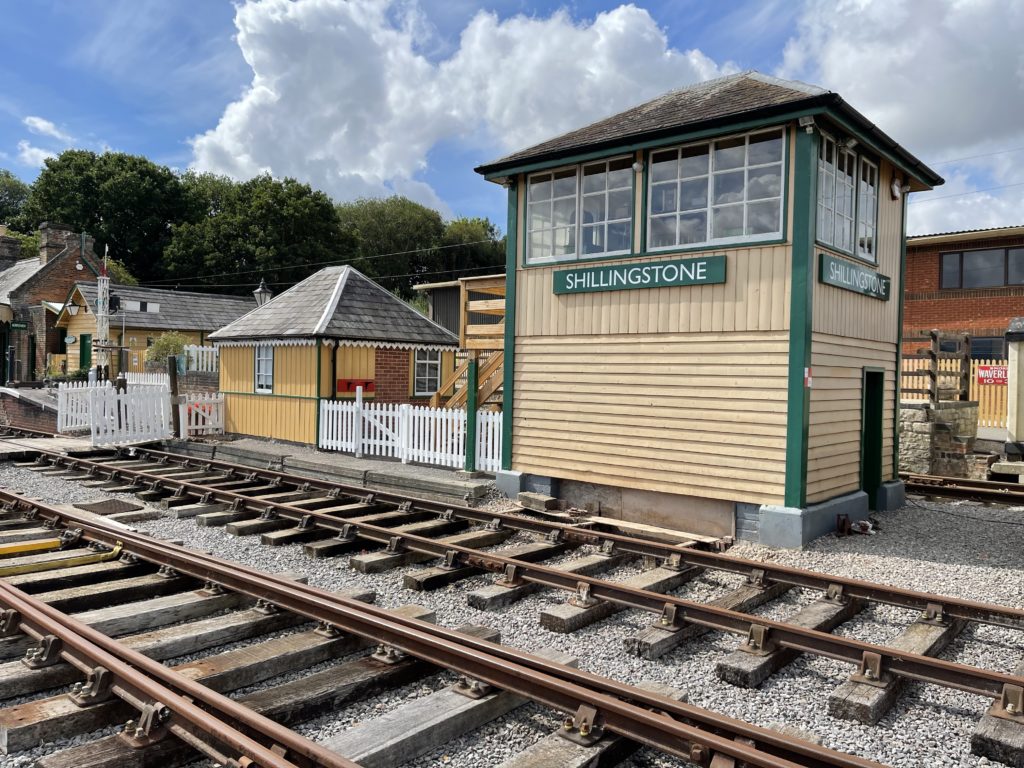
Church Hope Model Railway was created by Dave and Richard Farmer in 2022 to model the late GWR and DSJR steam railways. As the railway developed it diversified so that as well as steam locomotives we also now have a number of early BR diesels and rolling stock. The layout might be considered a heritage railway with many visitors including American and European locos and even the locos from Thomas and Friends.
A key focus in the design and building of the railway has been to demonstrate computer automation of model railways. The layout can be run entirely from a laptop using the iTrain software and a variety of hardware modules from different manufacturers. As the railway has progressed we are keen to adopt the latest technology.
Just like a normal railway the computer is able to select the best route at any particular time. Trains are routed between the stations, fiddle yards, marshalling yards and engine sheds. The computer knows the location of each train and that trains planned route if the train is active. The computer also knows the characteristics of the train, size and length, as well as speed, acceleration and deceleration, so that it can be routed in an appropriate way. Signalling, sounds and turntable are also controlled by the computer.

Although we have used actual Station Names and Places the railway design does not reflect any real life locations. The Weymouth and Portland Railway and the Easton and Church Hope Railway were operated jointly by the Great Western Railway and the LSWR. The Shillingstone station building is a replica of Shillingstone DSJR station.
For the technically minded we are a DCC layout running iTrain pro; Z21 and Digikeijs Controllers, Digikeijs track occupancy sensors and Digikeijs servo point/frog control; Peco SmartSwitch on some insulfrog points. We have just under 100m of track, 46 points, and the layout is just over 7m long and 1.8m wide.

Coming Soon
As well as automated operation the railway will be able to be operated using handheld controllers (mobile phones or tablets) in a semi-automatic or completely manual way. This means that a visitor at a show will be able to drive a train, following the trackside signals whilst other trains remains automated.
Follow us on Instagram: church.hope.model.railway
Follow us on Facebook: Church Hope Facebook Page
